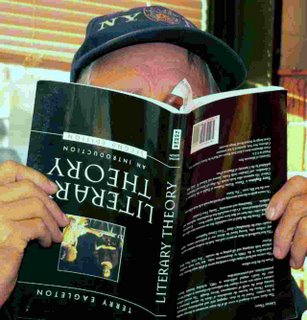Qin Rule
Ancient China: The Art, Culture and History of the Ancient Cathay
The AncienWeb.org
Much of what came to constitute China Proper was unified for the first time in 221 B.C. In that year the western frontier state of Qin, the most aggressive of the Warring States, subjugated the last of its rival states.
(Qin in Wade-Giles romanization is Ch'in, from which the English China probably derived.)
Once the king of Qin consolidated his power, he took the title Shi Huangdi ( First Emperor), a formulation previously reserved for deities and the mythological sage-emperors, and imposed Qin's centralized, non-hereditary bureaucratic system on his new empire. In subjugating the six other major states of Eastern Zhou, the Qin kings had relied heavily on Legalist scholar-advisers. Centralization, achieved by ruthless methods, was focused on standardizing legal codes and bureaucratic procedures, the forms of writing and coinage, and the pattern of thought and scholarship. To silence criticism of imperial rule, the kings banished or put to death many dissenting Confucian scholars and confiscated and burned their books . Qin aggrandizement was aided by frequent military expeditions pushing forward the frontiers in the north and south.

Tang Writers; Tang Tales
In the middle of the Tang Dynasty many well-known writers and poets began story writing. Their stories incorporate a wide range of subject matter and themes, reflecting various aspects of human nature, human relations and social life. In form they are not short notes or anecdotes like the tales produced before them, but well-structured stories with interesting plots and vivid characters, often several thousand words in length. Among them are many tales whose main characters are gods, ghosts, or foxes.




No comments:
Post a Comment